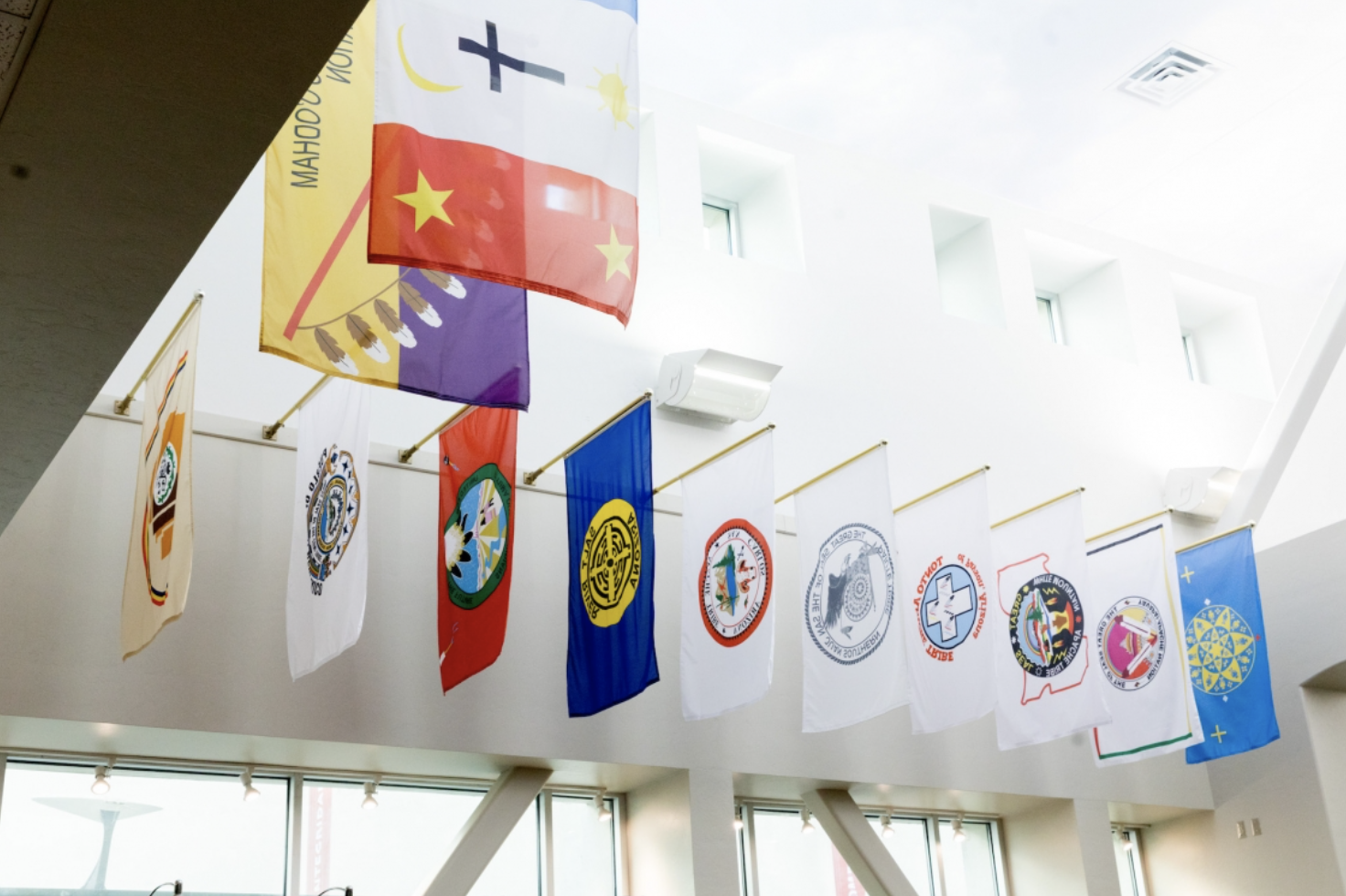
- Details
- By Elyse Wild
- Indigenous Entrepreneurs
Indigenous entrepreneurs in Arizona will receive targeted support through Native FORGE, a new University of Arizona program designed to drive economic development in the state’s 22 federally recognized tribes.
Through mentorship, data training, development and assessment, the program takes aim at the specific needs of Native entrepreneurs and is made possible by a $500,000 matching grant from the U.S. Economic Development Administration.
Native Americans make up 4.3 percent of Arizona’s population and less than 1 percent of the state’s business owners. The poverty rate for Indigenous people residing in Arizona is twice the national average.
Rafael Tapia, a Pascua Yaqui Tribe member and vice president of programs at Partnership With Native Americans (PWNA), is one of seven mentors-in-residence at Native FORGE.
Tapia emphasizes that while access to capital remains the most significant barrier for Native entrepreneurs, access to market and tribal government structure also present persistent challenges.
“The land tenure system and the construct of federally recognized lands still affect economic development,” Tapia told Tribal Business News. “Our systems are sometimes forms of government where we take care of one another — it could be labeled as a socialist government. … Operating in that structure where the tribe owns the resources … it creates a unique set of challenges.”
The program is structured to create a ripple effect within tribal communities. Each year, the program will select one tribe to participate in the program, and the tribe itself will nominate five entrepreneurially driven members to participate in Native FORGE. The year will culminate in a conference in downtown Tucson, Ariz. that will feature networking, pitch competitions and an opportunity for participants to meet with the Desert Angels, the fourth most active group of angel investors in the country, as well as new investors.
“Each year, there will be another five, and another five and it will accumulate,” Forge founding director Brian Ellerman said. “It is a way for us to organically grow a set of aspiring entrepreneurs who can have access to capital and access to people.”
Ellerman notes that Native FORGE is designed to help tribes leverage economic development to bridge the disparities in Indian Country created by the federal government’s “one size fits all” approach. The program will take entrepreneurs from problem identification through solution validation and market verification to create businesses unique to each tribe’s resources and goals.
“Sometimes (that approach) forces the tribes into trying to be something that they’re not,” Ellerman said. “For instance, not every tribe should do gaming. There are plenty of reasons not to. … I’d like to see the five entrepreneurs become consultative experts, go back to their tribe and help advise on what would make the most sense for them to do.”
While the Tribal Broadband Connectivity Program and other federal program are working to address broadband infrastructure and access, the digital divide in Indian Country creates a high barrier of entry to many programs that may be beneficial for Native peoples. Native FORGE provides participants with laptops and Wi-Fi hotspots to connect with mentors and resources throughout the programming.
Native FORGE’s headquarters are currently at downtown Tucson’s Roy Place Building. Still, there are plans to develop additional locations in tribal nations, with resources and technical equipment to train and support entrepreneurs, small businesses, and new and existing ventures.
Tapia says that embedding in the communities is essential to identifying solutions to the “invisible barriers” in Indian Country.
“We’re not expecting folks to travel to the University site. We’re going to be in the community to understand what they are doing and the challenges they are facing, and to go from there, starting at that base location,” Tapia said. “Sometimes there is an invisible barrier in Indian Country — there seems to be that invisible barrier that we have to break through.”
